A beautifully restored Regency castle, standing proudly over the wetlands and estuaries of West Wales
Glandyfi Castle is a John Nash style Gothic Regency country home, skillfully restored in a fairytale location. Penny Churchill reports.
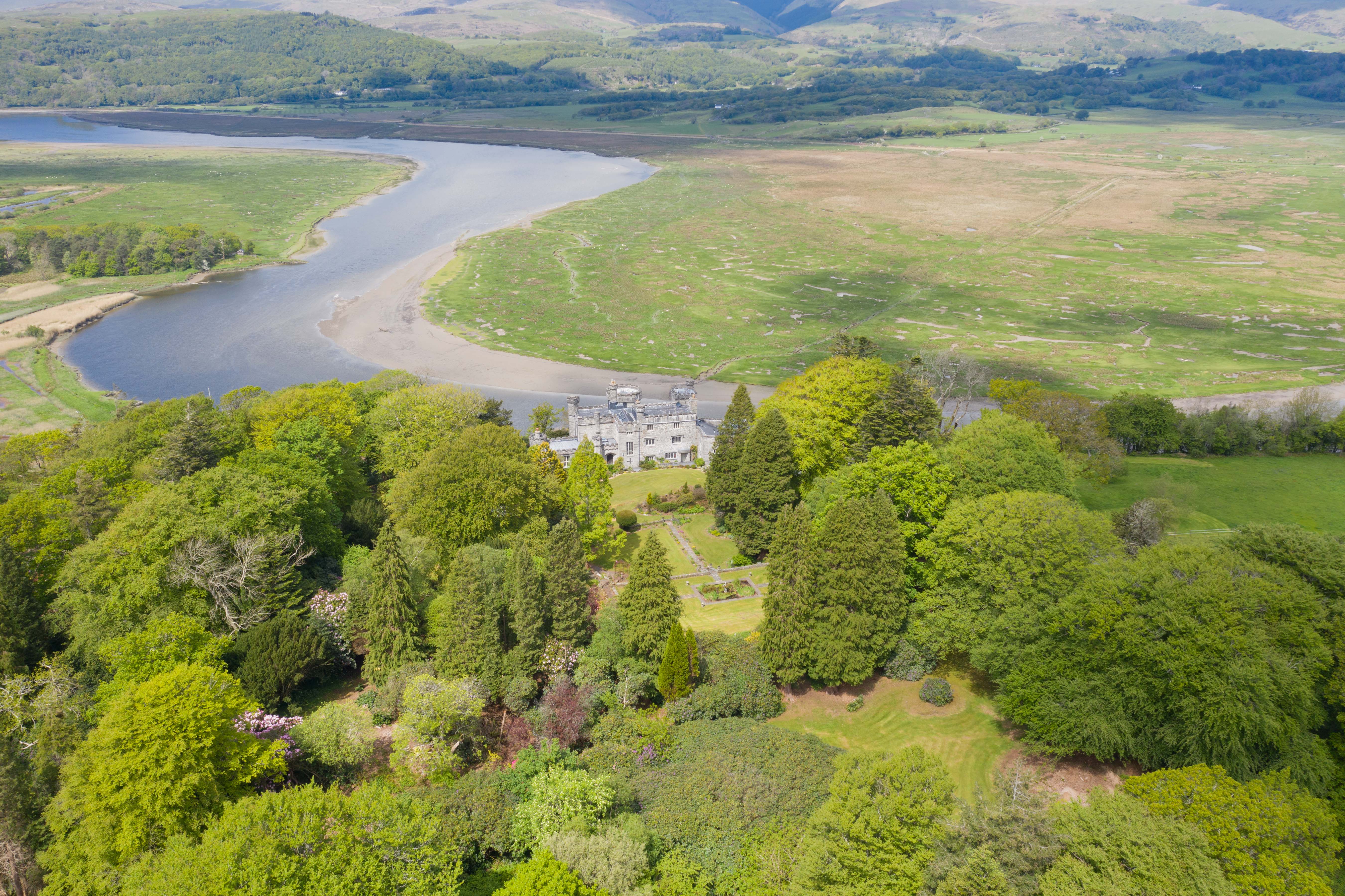

In West Wales, clever investment in silver and lead mines in the late 1700s allowed Edward Jeffreys of Shrewsbury to purchase a picturesque hillside overlooking the Dovey estuary and Cardigan Bay. There, in the early 1800s, his grandson, George Jeffreys, built romantic Glandyfi Castle in the dramatic Regency Gothic style favoured by John Nash. The castle has survived alternate periods of ‘feast and famine’ and now, impressively restored by its current owners, is for sale through Strutt & Parker at a guide price of £2.85m.
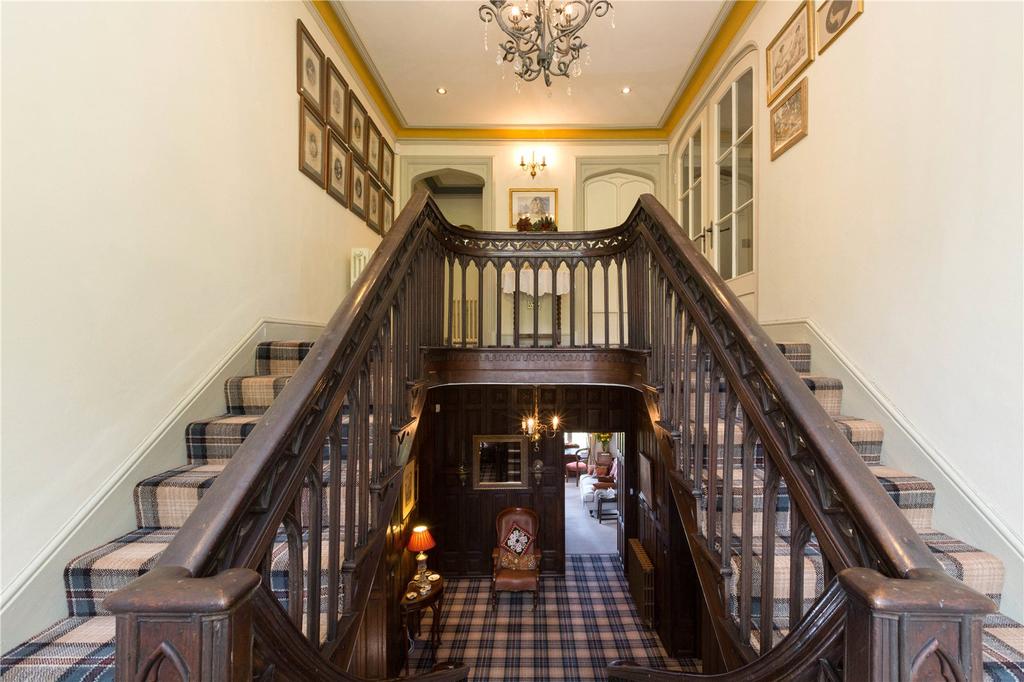
Belinda Hutchinson-Smith of Strutt & Parker in Shrewsbury first set foot in Glandyfi Castle, near Machyn-lleth, when it last came onto the market in 2006. ‘It was like walking onto the Marie Celeste,’ she recalls. The house was being sold following the death of its owner, an elderly lady who had lived there for years, and everything in the house had been left exactly as it was on the day she died – with bedrooms untidied and books left open where someone had put them down years before.
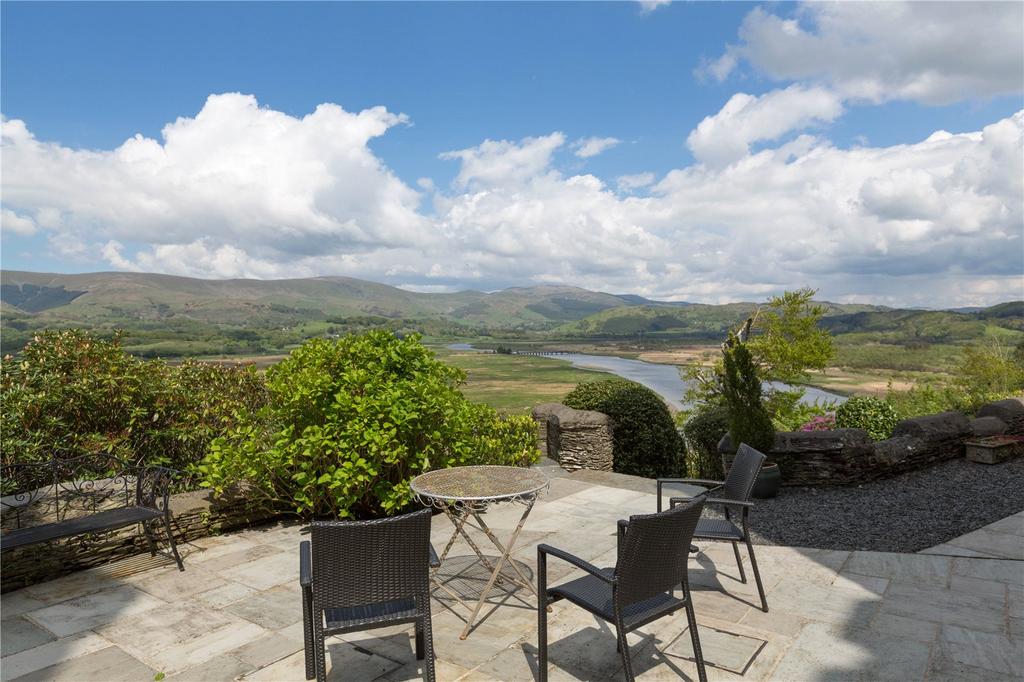
Now, following a skilful restoration by its present owners, the castle, set high on its wooded hillside overlooking Glandyfi village and the original Aberdovey Castle on the wetlands of the estuary below, stands every bit as proudly as it did in George Jeffreys’s day.
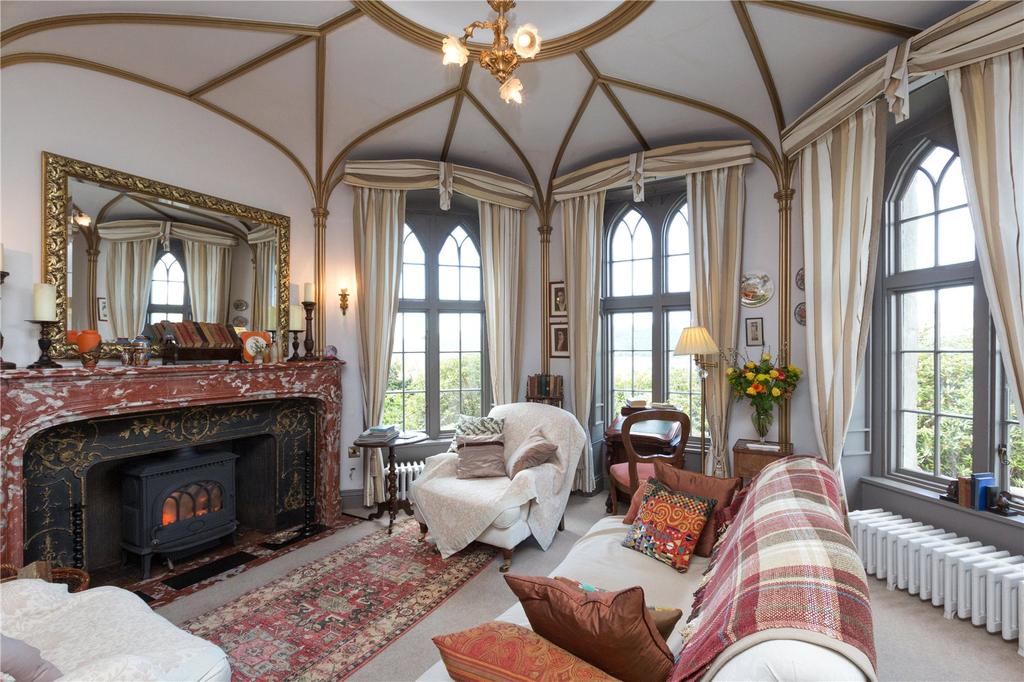
A barrister, he inherited his grandfather’s estate on his soldier brother’s death in 1812 and set about building the castle in the Regency Gothic style that was all the rage at the time. He and his wife, Justina, entertained lavishly in their grand new home; among their friends was the author Thomas Love Peacock, who was married from Glandyfi Castle in 1820.
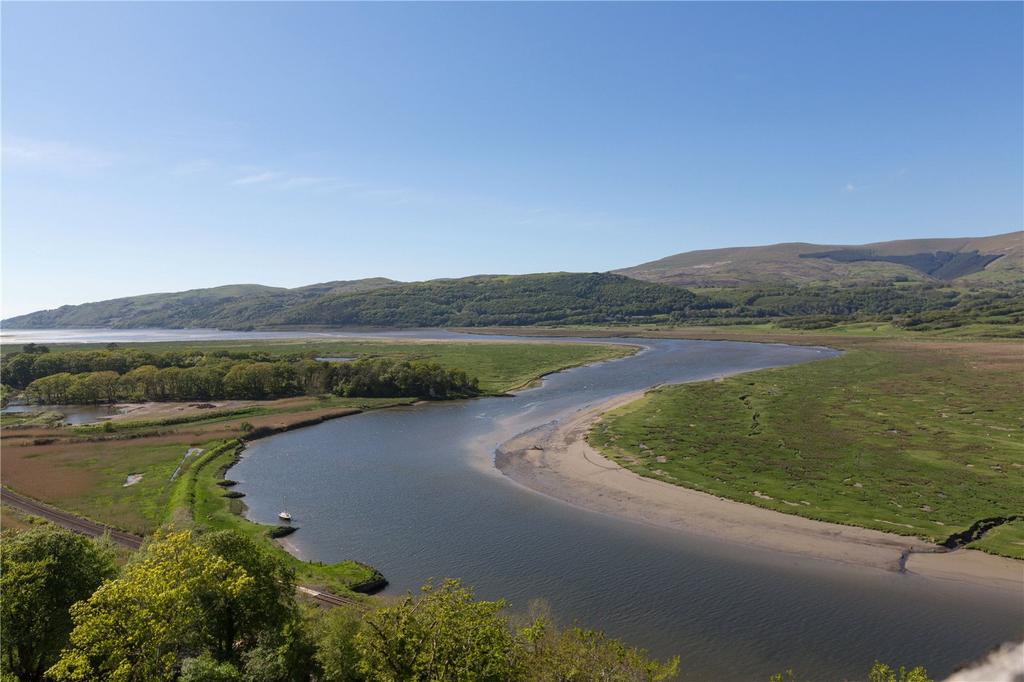
George died in 1868, his son Edward in 1888 and Edward’s brother, Charles, in 1904. In 1906, the family sold the castle, together with 370 acres, to Lewis Pugh Pugh of Abermad, who kept the land and sold the house with 43 acres to Maj R. J. Spurrell, origin-ally of Bessingham Manor, Norfolk.
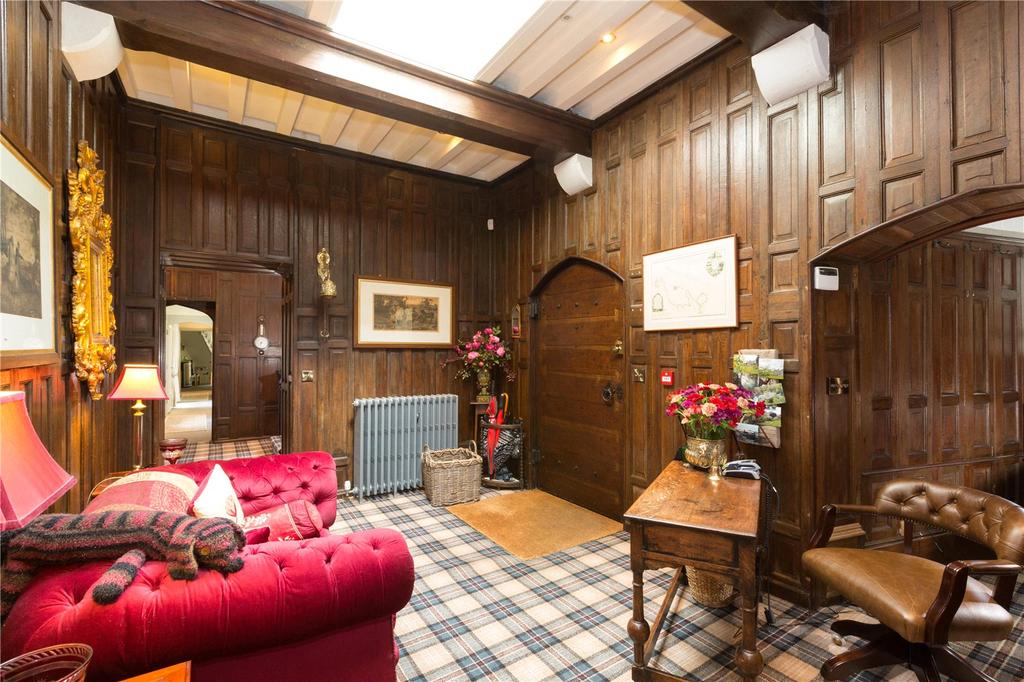
Since then, the castle has had a series of owners, the most newsworthy of whom was Sir Bernard Docker, the flamboyant businessman and chairman of British Small Arms (BSA) and Daimler cars. He arranged for BSA to buy Glandyfi for £12,500 in the 1950s and spent twice that refurbishing it, before being forced to step down from his post when shareholders rebelled. The castle was then resold with little alteration.
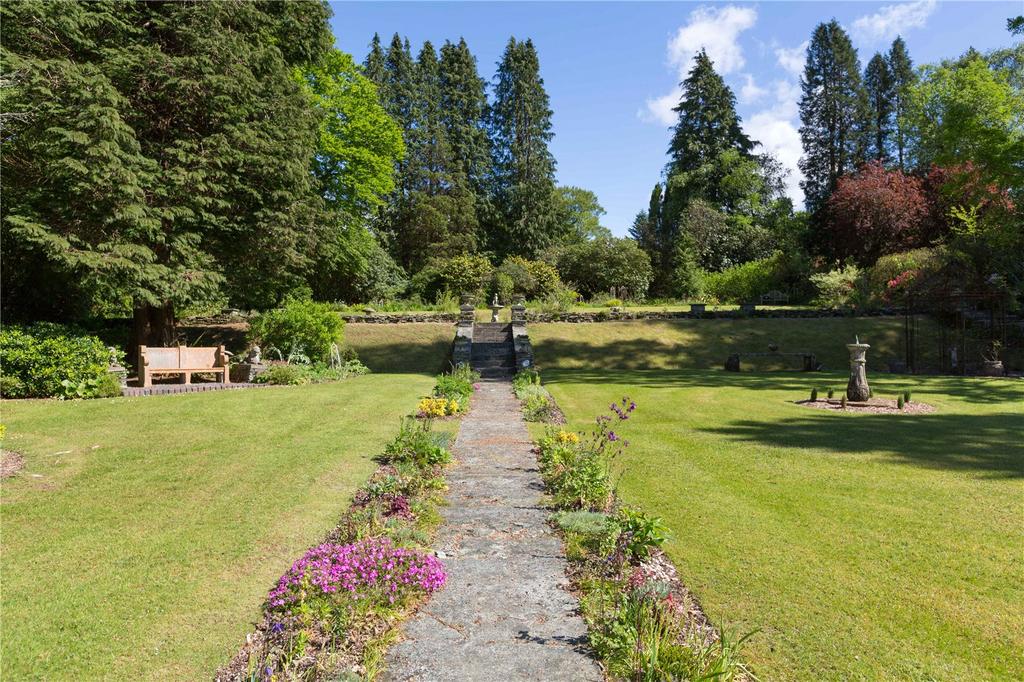
According to its listing, Glandyfi Castle is the only castellated country house in Ceredigion. It is said to be similar to Stanage Park, Knighton, which was built in about 1810 by H. Haycock of Shrewsbury, who may also have been the architect at Glandyfi.
Sign up for the Country Life Newsletter
Exquisite houses, the beauty of Nature, and how to get the most from your life, straight to your inbox.
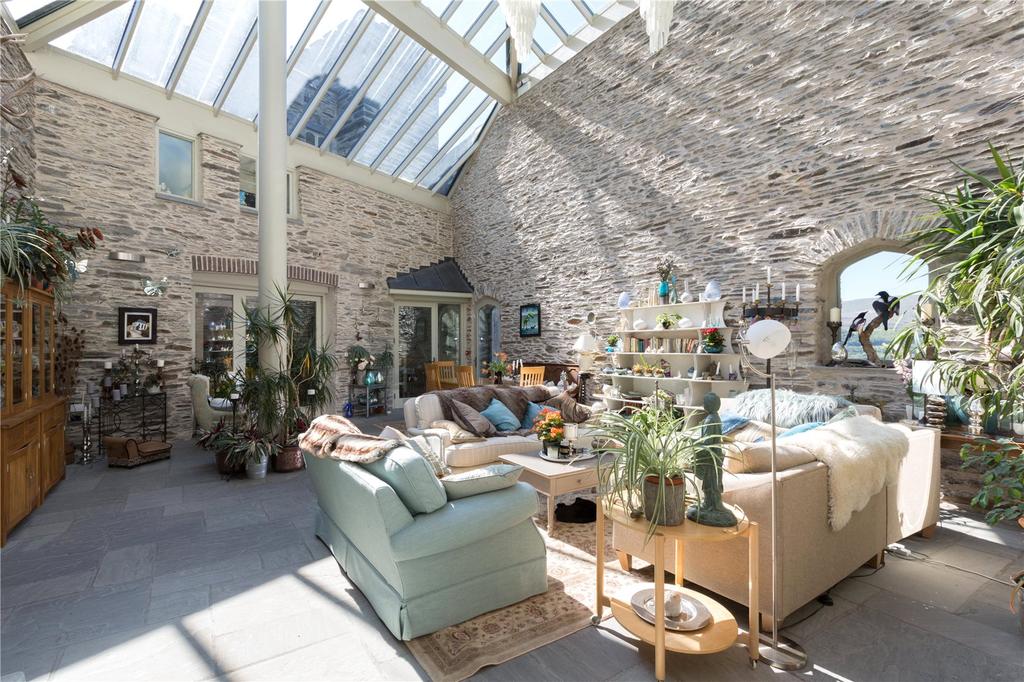
Today the castle stands in some 31 acres of wonderful landscaped gardens, pasture and woodland, and still enjoys gloriously unspoilt views across the Dovey estuary to the mountains of the Snowdonia National Park.
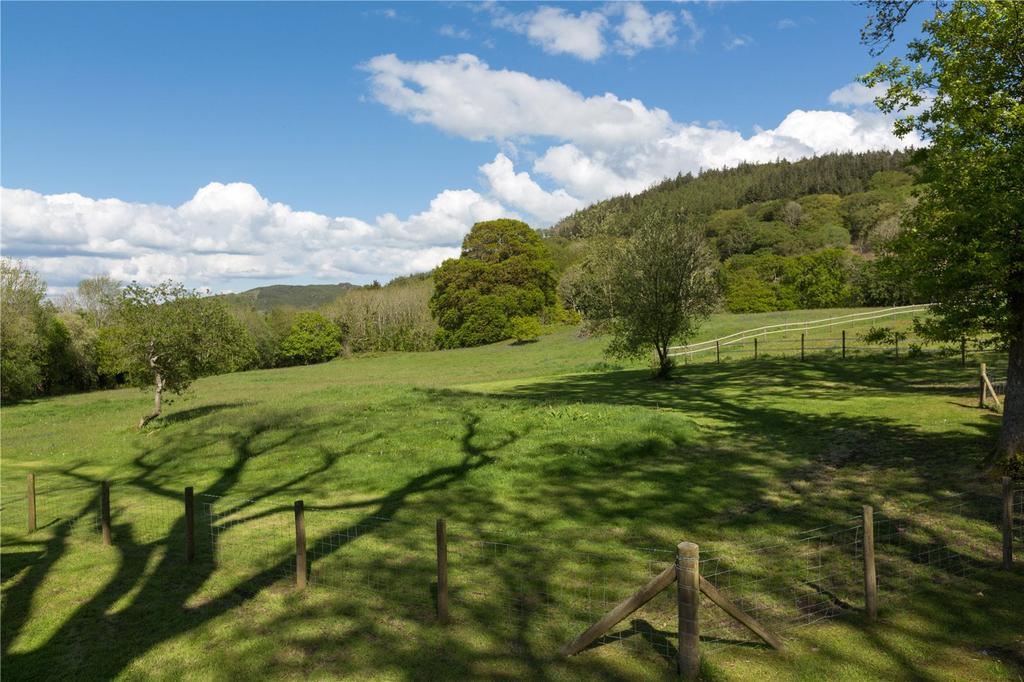
The main house offers 8,280sq ft of gracious accommodation on three floors, including entrance and reception halls, four opulent reception rooms, a contemporary kitchen/breakfast room, a newly created atrium living-and-dining area, 10 double bedrooms, 10 bathrooms and a recently renovated lodge.
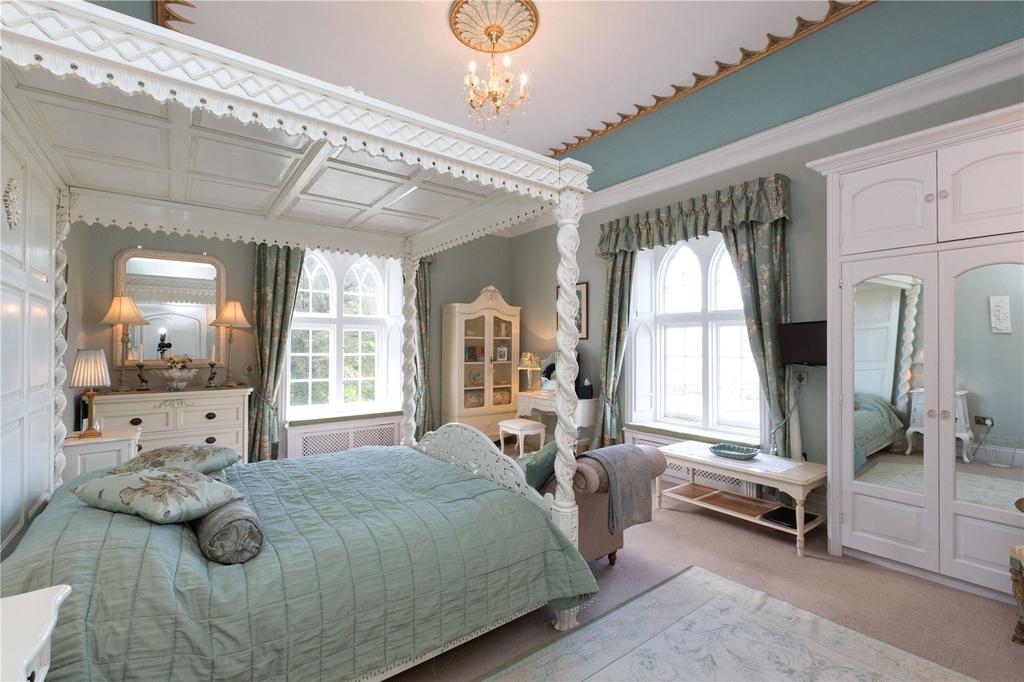
A range of barns set away from the house could be converted to residential use, subject to the usual planning consents.
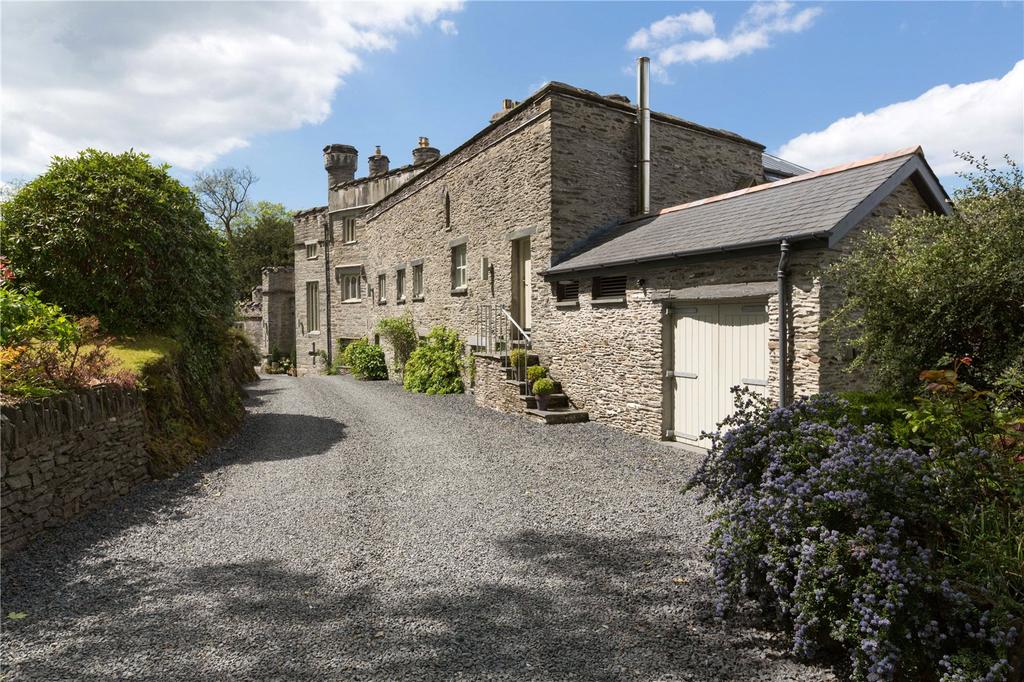
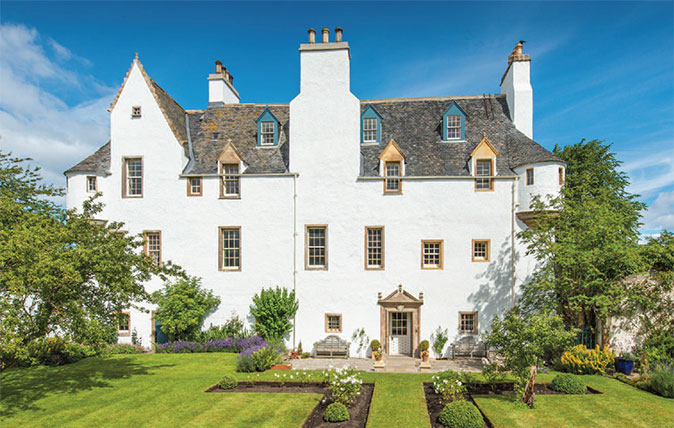
Credit: Savills
The enchanting family house and gardens near Edinburgh with a hint of fairytale castle
Northfield House is a historic Scottish home, just 10 miles from Edinburgh.
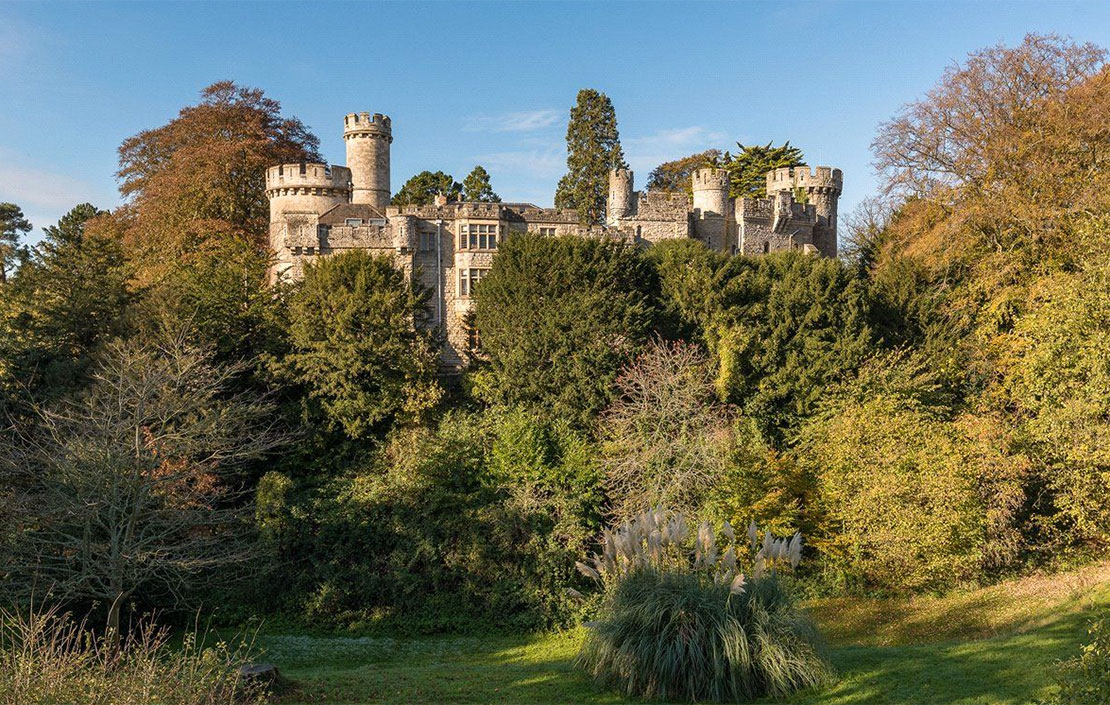
Credit: Savills
A fairytale castle in Wiltshire which could be straight out of Sleeping Beauty
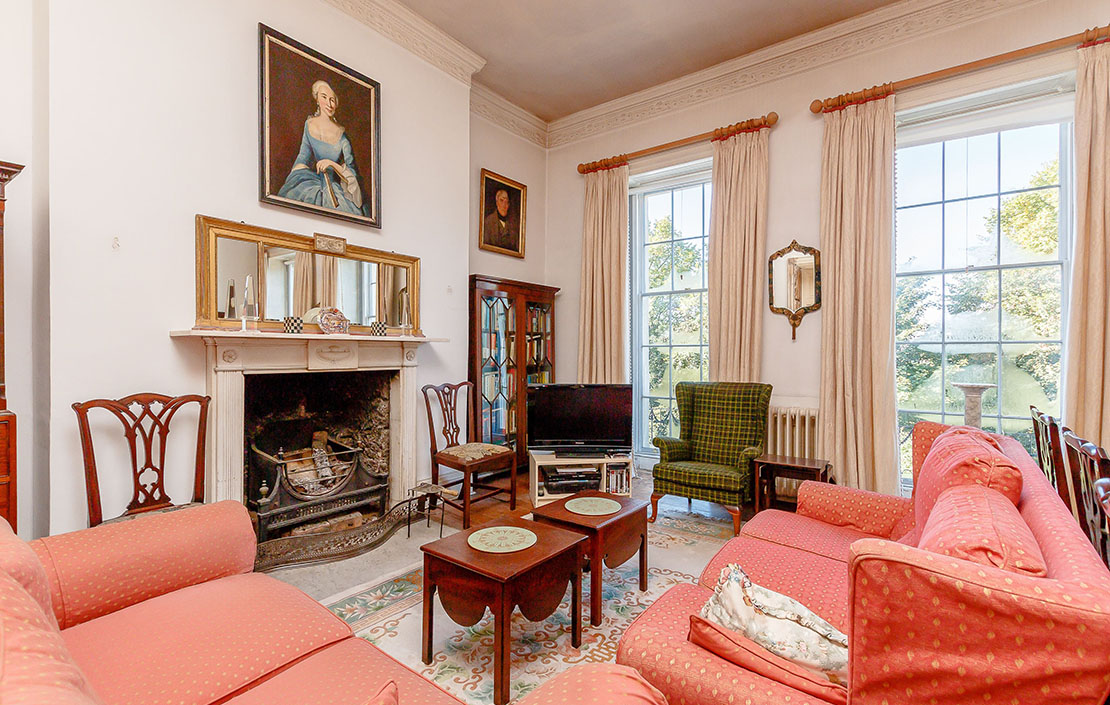
Credit: Strutt & Parker
A Georgian townhouse with perhaps the best views in Bath and not a small amount of history
Surviving a World War II bombing that destroyed half of its crescent, indiscriminate postwar ‘redevelopment’ and 45 years of neglect,
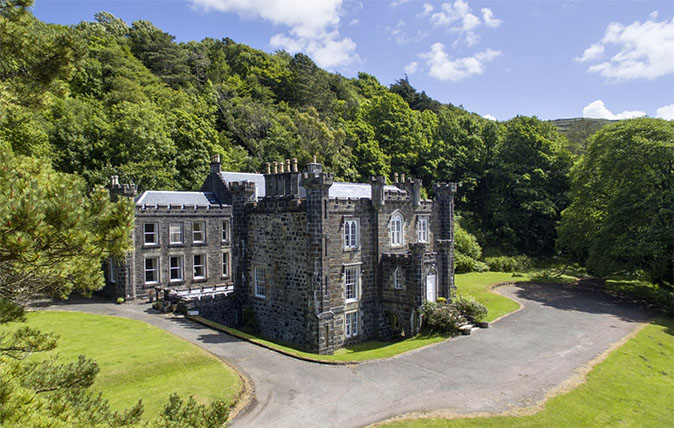
Credit: strutt & parker
A magnificent beachfront Scottish castle with 28 acres of wonderful woodland– all for less than a small country cottage
This stunning estate housed a naval captain, a Canadian mounted officer and the Profumo family.
-
 Spam: The tinned meaty treat that brought a taste of the ‘hot-dog life of Hollywood’ to war-weary Britain
Spam: The tinned meaty treat that brought a taste of the ‘hot-dog life of Hollywood’ to war-weary BritainCourtesy of our ‘special relationship’ with the US, Spam was a culinary phenomenon, says Mary Greene. So much so that in 1944, London’s Simpson’s, renowned for its roast beef, was offering creamed Spam casserole instead.
By Mary Greene
-
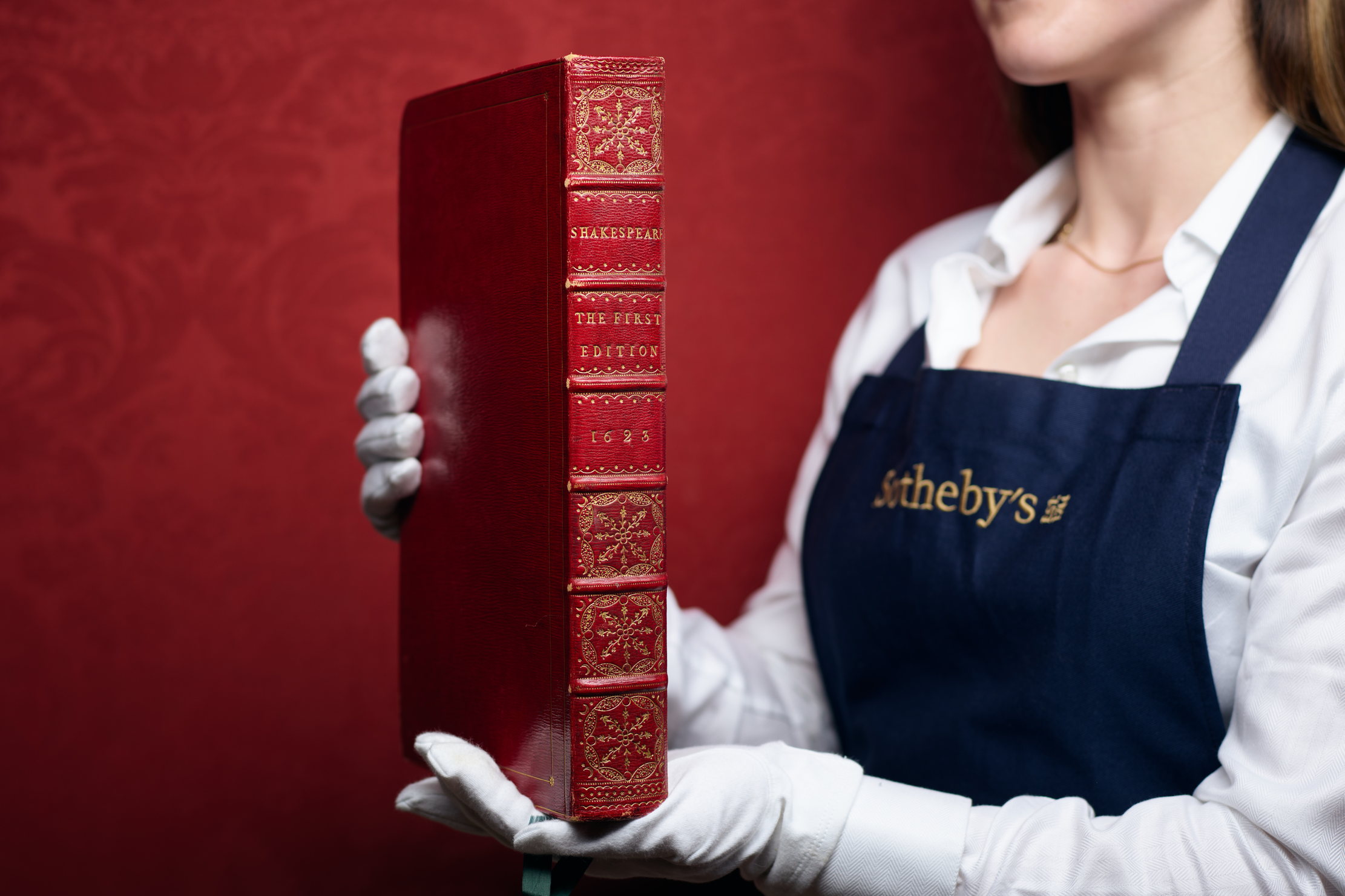 Folio, Folio, wherefore art thou Folio? Shakespeare set to be auctioned by Sotheby's
Folio, Folio, wherefore art thou Folio? Shakespeare set to be auctioned by Sotheby'sFour Folios will be auctioned in London on May 23, with an estimate of £3.5–£4.5 million for 'the most significant publication in the history of English literature'.
By Lotte Brundle